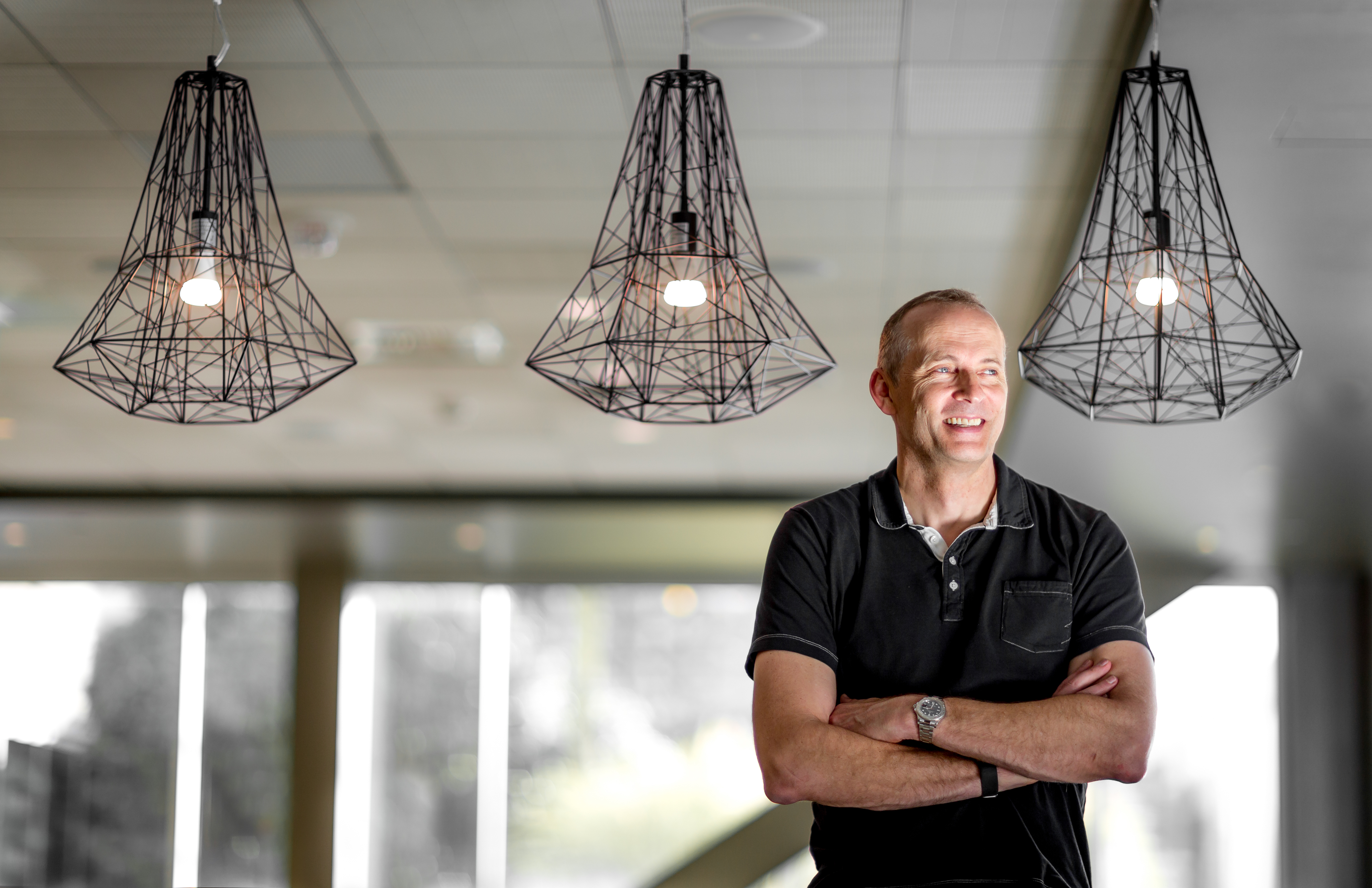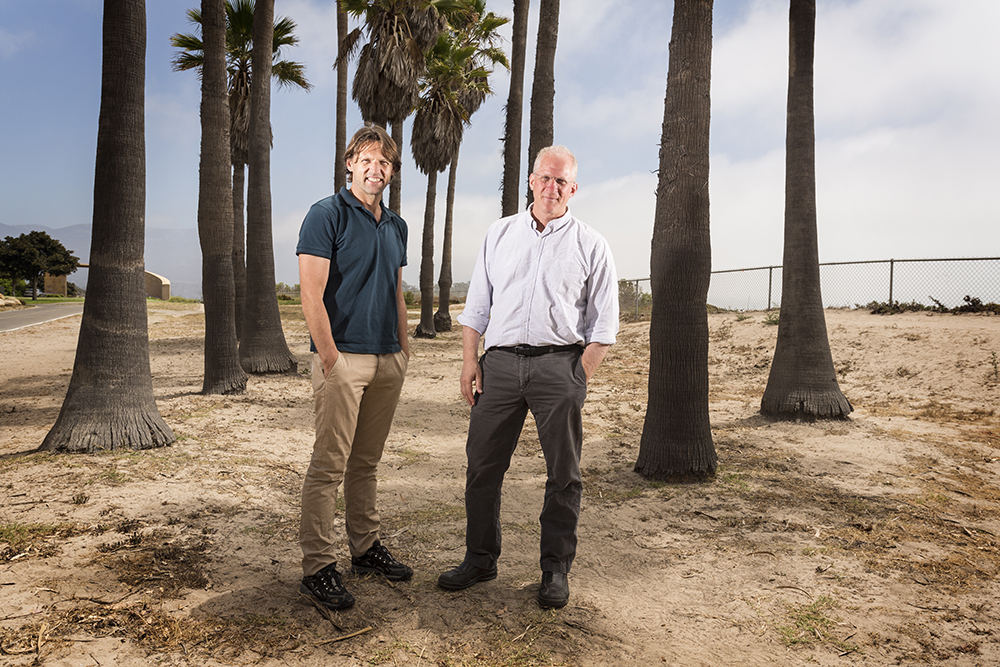Microsoft is aiming to solve the world’s biggest health and environmental problems by creating the first scalable quantum computer and software.
A team of scientists and engineers from Europe’s top academic institutions, led by Microsoft Health corporate vice-president Todd Holmdahl, will attempt to build the next-generation device, which will be capable of processing lots of information at once.
Microsoft’s approach to constructing a quantum computer focuses on a type of qubit – or unit of quantum information – called a topological qubit.
Qubits can be difficult to work with, as a quantum system can only remain in a quantum state when it’s not being disturbed. As a result, quantum computers are built for specific, cold environments.
However, topological qubits should be more capable of withstanding heat and electrical inteference, allowing them to remain in a quantum state for longer periods of time. That, in turn, makes them much easier to use.

As well as working on building a quantum computer, Microsoft is also trying to create the software that could run on it.
“Similar to classical high-performance computing, we don’t just need the hardware, but also optimized software,” said Matthias Troyer, a professor of computational physics at ETH Zurich in Switzerland.
The two parts -hardware and software – can then work together to solve problems, and the data from each can help the overall project.
“A quantum computer is much more than the qubits,” said David Reilly, an experimental physicist and a professor at the University of Sydney in Australia. “It includes all of the classical hardware systems, interfaces and connections to the outside world.”
The goal of the project is not to create a single qubit that can work in a laboratory. Instead, the team hopes to create tools that can be used by scientists without quantum experience to solve some of the world’s most difficult problems. This “quantum economy” could revolutionize industries such as medicine and science, but cannot be realized unless scientists and engineers work together more closely. In short, developing a scalable quantum computer will require a new type of team.
To achieve its vision, Microsoft has hired two of Europe’s top quantum computing experts – Leo Kouwenhoven and Charles Marcus. The company will also soon bring in Troyer and Reilly.

Marcus is the Villum Kann Rasmussen Professor at the Niels Bohr Institute at the University of Copenhagen and director of the Danish National Research Foundation-sponsored Center for Quantum Devices. Kouwenhoven is a distinguished professor at Delft University of Technology in the Netherlands and was founding director of QuTech, the Advanced Research Center on Quantum Technologies.
Marcus and Kouwenhoven have collaborated with Microsoft’s quantum team for years, and have been handed funds for their research into topological qubits. After joining Microsoft, Marcus and Kouwenhoven will work to build dedicated Microsoft quantum labs at their respective universities.
Both researchers now hope to apply their theoretical breakthroughs to help create a scalable quantum computer.
“It’s very exciting,” Kouwenhoven said. “I started working on this as a student, and at that time we didn’t have a clue that this could ever be used for anything practical.”
Kouwenhoven’s collaboration with Microsoft began after a visit to the company’s Santa Barbara lab in California, and a walk along the beach with Michael Freedman, the lab’s director and a specialist in topological mathematics.
After years of scientific collaboration, Kouwenhoven said, they now need engineer’s perspective on how to bring their work to life.
“The engineering will also help move the science forward,” Kouwenhoven said.
“To create machines that have never existed before, it was necessary to change the way we did business,” Marcus said. “We need scientists, engineers of all sorts, technicians, programmers, all working on the same team.”
An even smarter cloud, and the ability to solve seemingly intractable problems
With effective quantum hardware and software, quantum experts could create vast computing power to address the world’s most pressing problems, from climate change and food shortages. The computers could emulate physical systems, speeding up lengthy processes such as drug development. Researchers say this, couple with intelligent cloud computing, could be much more powerful than the systems we use today.
Kouwenhoven said that this also applies to the field of quantum physics itself, such as research into dark matter and other fundamental questions about our understanding of the universe.
“I would find it interesting to go back to my science background and use the quantum computer to solve quantum problems,” he said.
Computer scientists will often point out that when scientists invented the very first transistor, they had no way of conceiving of an application like a smartphone.
“My guess is that back in the 1940s and 1950s, when they were thinking about the first transistor, they didn’t necessarily know how this thing was going to be used. And I think we’re a little bit like that,” Holmdahl said. “The opportunity to be at the beginning of the next transistor is not lost on me.”
Moving beyond the ‘ash sucker’
When Marcus thinks about what a quantum computer could do, he often thinks about an old car his family once had. It was a top-of-the-line car in its day, with all the latest technologies – including a dashboard gadget designed to suck ash directly from a cigarette.
At the time, Marcus has often thought, someone must have believed that was as good as it was ever going to get in car technology.
“Nobody, when they were designing ash suckers, was thinking about self-driving cars,” he said.
The same thing could easily apply to computational power.
“People who think of computation as being completed are in the ash sucker phase,” he said.




